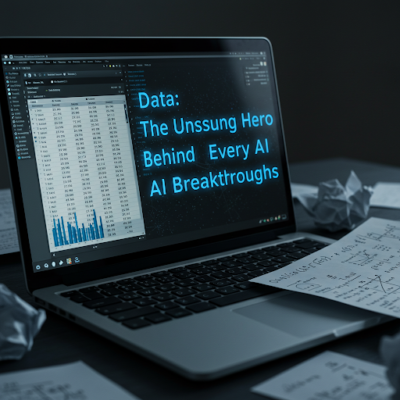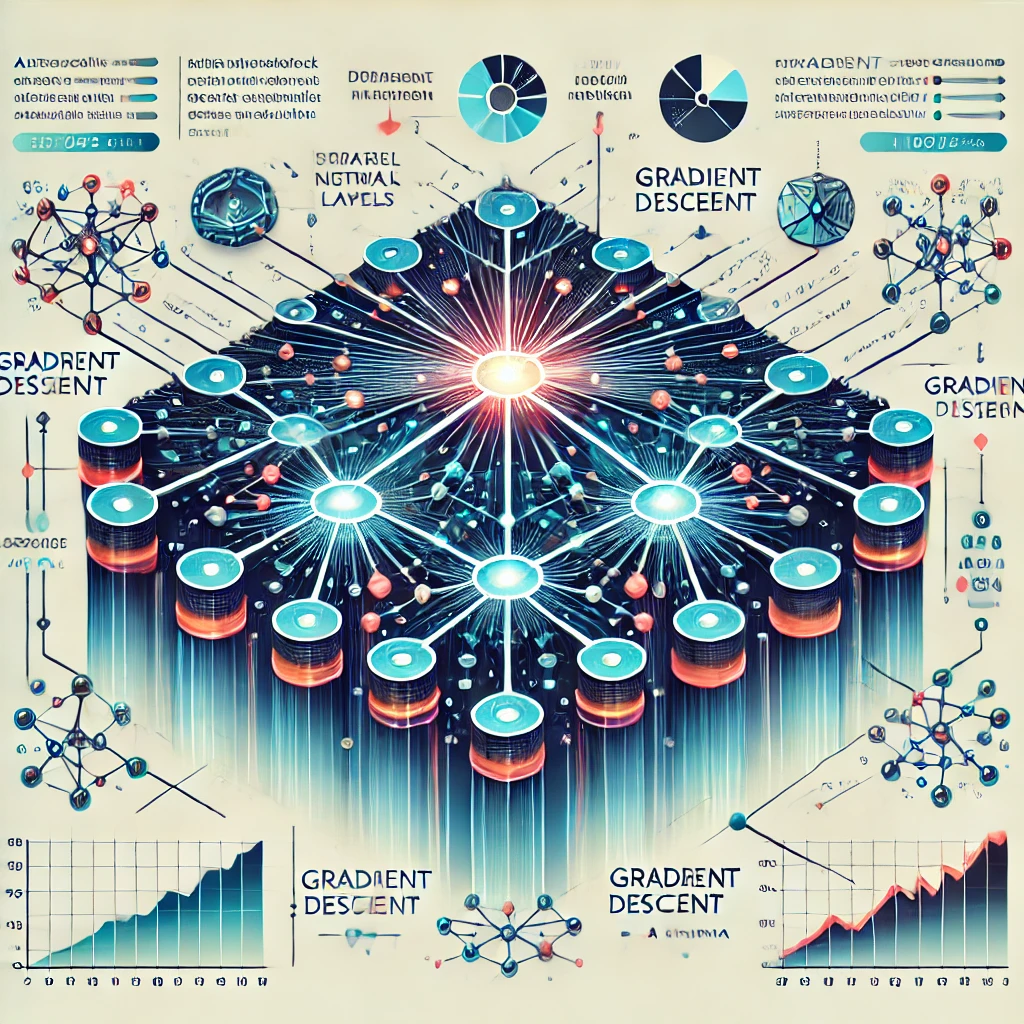-
No Data, No AI: Here’s How and Where to Find Quality Data

No Data, No AI. Data is the new oil, and you should learn where to choose the best data to Train your AI model. The quality of data defines the model performance.
-
How Gemini 2.5 is Redefining AI With “Multimodal Thinking”?
Gemini 2.5 multimodal capabilities is amazing, when compared to it’s predecessor 2.5 has increased performance across multiple factors. Check the benchmark now!
-
Mastering the Fascinating World of Optimisation: Your Essential Roadmap

Dive into the fascinating world of computational optimisation – the hidden engine powering everything from search algorithms to AI. Learn how machines find the best solutions through clever mathematics and algorithms, with beginner-friendly examples that bring complex concepts to life.
-
The Ultimate Guide to Loss Functions in Machine Learning
Loss functions allow us to know how well the predictions made by the model match with the actual outcome. Choosing an appropriate loss function can definitely help you boost the performance of your model. In this guide, we’ll explore the various types of loss functions, how they are utilized in machine learning, and their importance in…
-
Neural Networks: art of Replicating the Human Intelligence

Neural networks, tries to mimick the architecture of human brain, thus achieving thebfeat of learning complex relations in between the data.
-
How to Interpret P-Values in Hypothesis Testing for Effective Decision-Making

Hypothesis testing helps determine if a claim about a population is valid. The p-value indicates how incompatible the data is with the null hypothesis (H₀) but does not measure its truth. Decisions should go beyond p-value thresholds, considering confidence intervals and effect sizes for better inference.
-
Text Processing in NLP Simplified: From Raw Text to Structured Data
Natural Language Processing (NLP) is a powerful branch of artificial intelligence that enables machines to understand and interpret human language. From cleaning raw text to extracting meaningful insights, NLP involves several key stages such as preprocessing, feature extraction, and analysis.
-
Discover the Best Hyperparameter Tuning: Grid vs. Random Search
Explore Grid Search vs. Random Search for hyperparameter tuning. Learn their pros, cons, and how to choose the best method for optimizing your ML models
-
How Clustering Helps You Understand Your Users Better

Clustering enhances recommender systems by grouping users with similar interests. Netflix suggests movies to users by clustering them based on watch history.
-
Building Interactive ML Apps with Streamlit: Deployment Made Easy

Streamlit is an open-source package, which makes deployment of data apps easy, turning ML models into interactive, user-friendly web apps effortlessly
Subscribe to our Newsletter
Contents
About
Welcome to AI ML Universe—your go-to destination for all things artificial intelligence and machine learning! Our mission is to empower learners and enthusiasts by providing 100% free, high-quality content that demystifies the world of AI and ML.
Whether you are a curious beginner or an experienced professional looking to enhance your skills, we offer a wide range of resources, including tutorials, articles, and practical guides.
Join us on this exciting journey as we unlock the potential of AI and ML together!
Archive
Recent Post
Tags
#AIContentGenerationTools (1) #ContentCreation (1) #ContentStrategy (1) #FutureOfWork (1) #NeuralNetworks (1) AI for Life (1) Applications (1) clustering (1) Computer Vision (1) Dark AI (1) Data Analysis (4) Data Preprocessing (1) Data Quality (3) Data Science (2) Dataset (1) Data Visualization (3) Deepfakes (1) Deployment (1) Diabetes prediction (1) Ethical Gen AI (1) Evaluation Metrics (1) Explainable AI (1) forecasting (1) Freelancing (1) Future of Healthcare (1) Gemini AI (3) Generative AI (19) Handling Outliers (1) Healthcare AI Applications (1) Hugging Face (1) Linear Regression (1) LLM (13) Loss functions (1) Machine Learning (14) Misinformation (1) Model Evaluation (1) Model Tuning (4) Multimodal AI (1) Outlier Detection (1) Overfitting (1) Prompting Techniques (1) Rag System (1) Streamlit (1) Time series modeling (1) Underfitting (1) user grouping (1) Vectorization (1)
